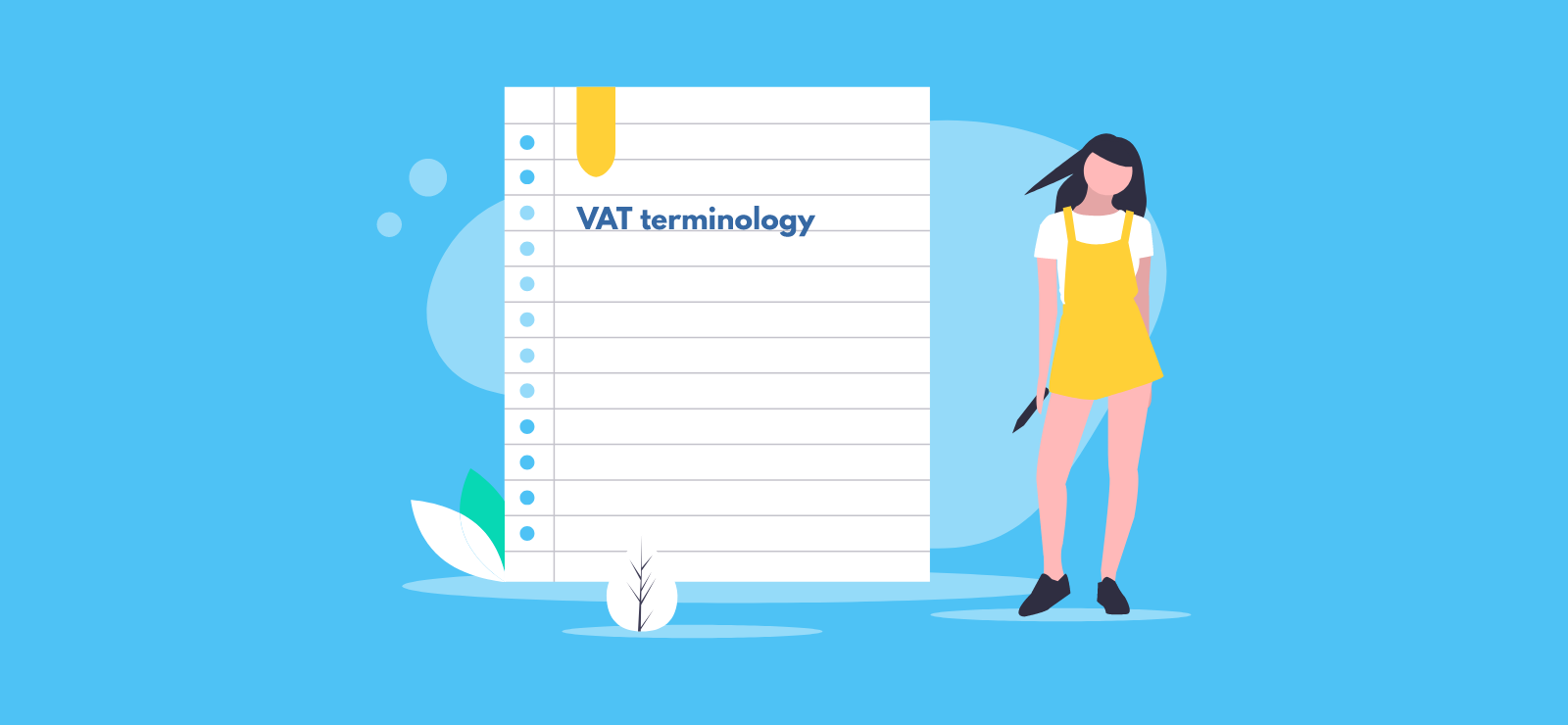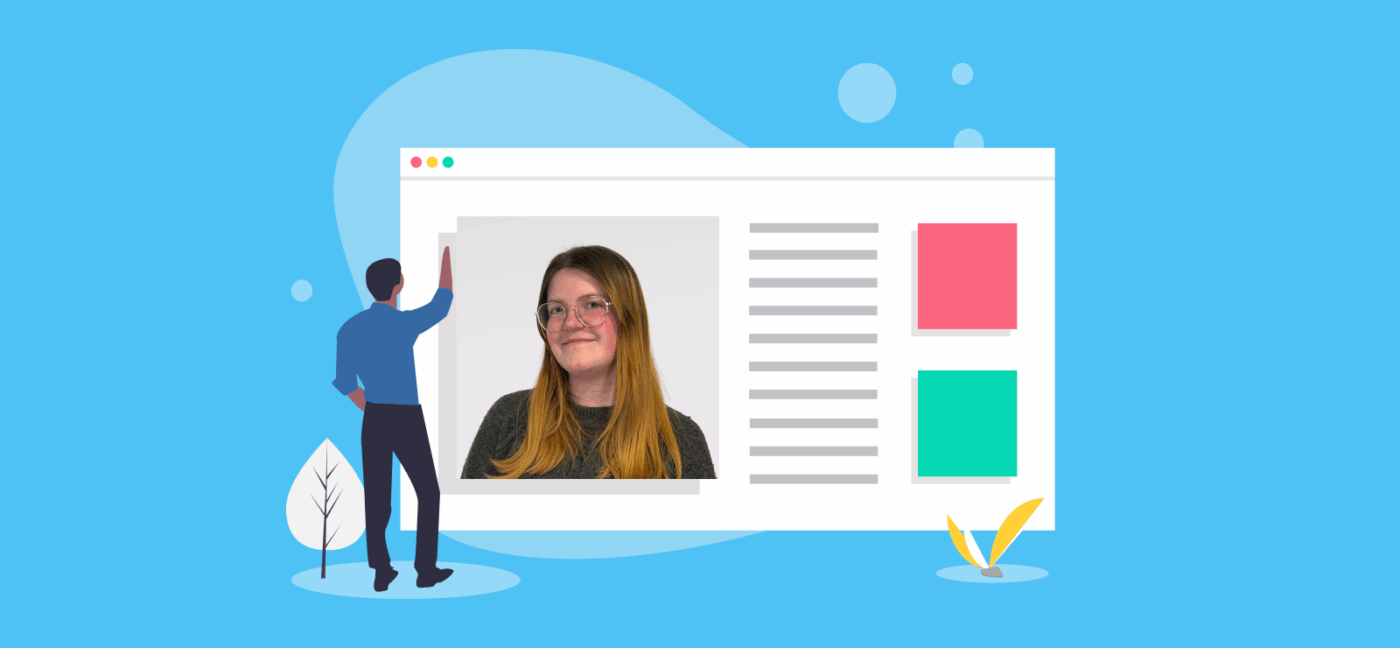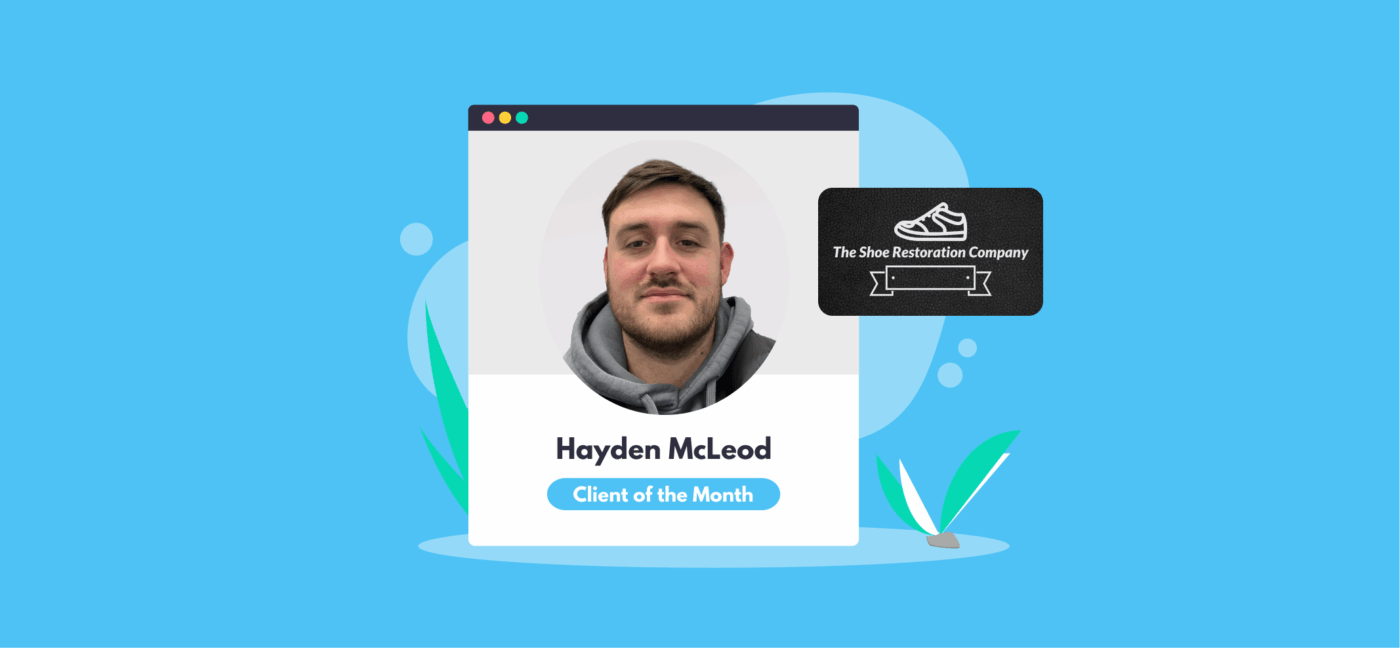

The VAT Jargon-Buster for Businesses
VAT isn’t the simplest thing to get your head around, and at times the terminology makes it seem more complex. To help you make sense of it all we explain what HMRC mean by some of the most frequently used VAT jargon to help you get going.
Accounting scheme
There are different VAT accounting schemes available, which can affect the way that you report and pay VAT. Some VAT schemes do have eligibility criteria, but as long as you meet those, it’s usually up to you to choose the one most useful for your business. Learn more about the different VAT schemes and their requirements.
Deregistration
You can cancel your VAT registration if the business is no longer eligible or if it stops trading. Make sure you cancel your VAT registration within 30 days of becoming ineligible, or you might attract HMRC penalties!
Disbursements
Disbursements are things that your business spends money on, the cost of which you then recharge to your customer. They’re a bit different to expenses because they’re costs that you incur on behalf of your customer, rather than as a result of the service you offer. The difference between disbursements and expenses has implications for the way you charge and report VAT.
Domestic reverse charge
With some goods and services it’s the customer’s responsibility, rather than the supplier’s, to account for VAT. This is known as the domestic reverse charge and applies to goods and services such as computer chips and emission allowances, as well as VAT-registered businesses in the Construction Industry Scheme.
Effective date of registration
This is the date you went over the registration threshold or requested voluntary registration.
Exempt goods and services
These are supplies and services that you can’t charge VAT on. For example, insurance, postage stamps, or health services provided by doctors. The government website has a full list of goods and services that are VAT exempt.
Out of scope
This refers to goods and services which are outside the VAT tax system, that you can’t charge or reclaim VAT on. Charges outside the scope of VAT typically include charges made by the government, such as MOT testing or the London congestion charge. Another typical example is the wages that you pay to employees.
Registration
Registering for VAT tells HMRC that your business will now start making regular VAT submissions. You must register for VAT if:
- Your business’s VAT taxable turnover is more than £90,000 in a 12-month period
- You expect your taxable turnover to go over £90,000 within the next 30 days
Registration exception
You can apply for a registration exception if your taxable turnover only goes over the threshold temporarily. Write to HMRC with evidence showing why you believe your VAT taxable turnover won’t go over the de-registration threshold of £88,000 in the next 12 months. HMRC will either confirm your exception or register you for VAT.
Registration threshold
It’s normally compulsory to register your business for VAT once your taxable turnover reaches the registration threshold. The current threshold for the 2025/26 tax year is £90,000.
VAT number
This is the unique reference number which identifies your VAT registration with HMRC. You’ll need to include your VAT reference number on every invoice.
VAT period
A VAT period is the timespan covered by your VAT accounting. For example, if you use the VAT Annual Accounting Scheme then there are 12 months in your VAT period. If you use the standard VAT accounting method, then each VAT period will cover one ‘quarter’ (the three-month period that you need to report on your VAT submission). It’s crucial to know what your VAT period covers, because this also affects your VAT reporting deadline.
VAT rate
The rate of VAT that registered businesses must charge on their sales depends on what taxable goods and services are involved:
- Standard rate: This is the most common, and is 20%
- Reduced rate: Charged at 5%, this applies to some goods and services, such as gas and electricity
- Zero rate: VAT is charged, but at 0%
Voluntary registration
Some businesses find it useful to register for VAT even though their turnover is less than registration threshold. This is known as making a voluntary registration. There can be several reasons for doing this, including being more tax efficient.
Taxable turnover
VAT taxable turnover is the total value of your UK sales that aren’t VAT exempt, including:
- Goods you hire or loan to customers
- Business goods that you use for personal reasons
- Goods which you barter, part-exchange, or give as gifts
- Services you receive from businesses in other countries that you had to ‘reverse charge’
- Building work over £100,000 which your business did for itself
- Zero-rated items
Zero-rated items
Zero-rated means that the goods are still VAT-taxable but the rate of VAT you must charge your customers is 0%. You still have to record them in your VAT accounts and report them to HMRC. Examples include children’s clothes and shoes, or motorcycle helmets.
Learn more about our online accounting services for VAT. Call the team on 020 3355 4047 and get an instant quote online.
Want to learn more?
Subscribe to our newsletter to get accounting tips like this right to your inbox

Read more posts...

The Accountancy Partnership – Our Positive Reviews
15th September 2025We’re proud of our customer reviews here at The Accountancy Partnership The reviews we receive from our customers show how hard we…
Read More
Staff Spotlight: Sarah Orrell, Payroll/Admin Assistant
1st September 2025Give an overview of the duties, functions, and responsibilities of your job. I help clients get their payroll services set up and…
Read More
August 2025 Client of the Month: The Shoe Restoration Company
1st September 2025This month we spoke to Hayden, founder of The Shoe Restoration Company. The Shoe Restoration Company | Facebook | Instagram Hey Hayden!…
Read MoreConfirm Transactions
The number of monthly transactions you have entered based on your turnover seem high. A transaction is one bookkeeping entry such as a sale, purchase, payment or receipt. Are you sure this is correct?
Please contact our sales team if you’re unsure
VAT Returns
It is unlikely you will need this service, unless you are voluntarily registered for VAT.
Are you sure this is correct?
Call us on 020 3355 4047 if you’re not sure.
Bookkeeping
You will receive our bookkeeping software Pandle for free, as part of your package.
You can use this to complete your own bookkeeping, or we can provide a quote to complete your bookkeeping for you.
Please select and option below:
Call us on 020 3355 4047 if you’re not sure.

